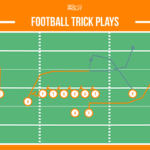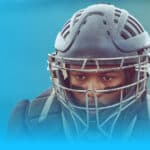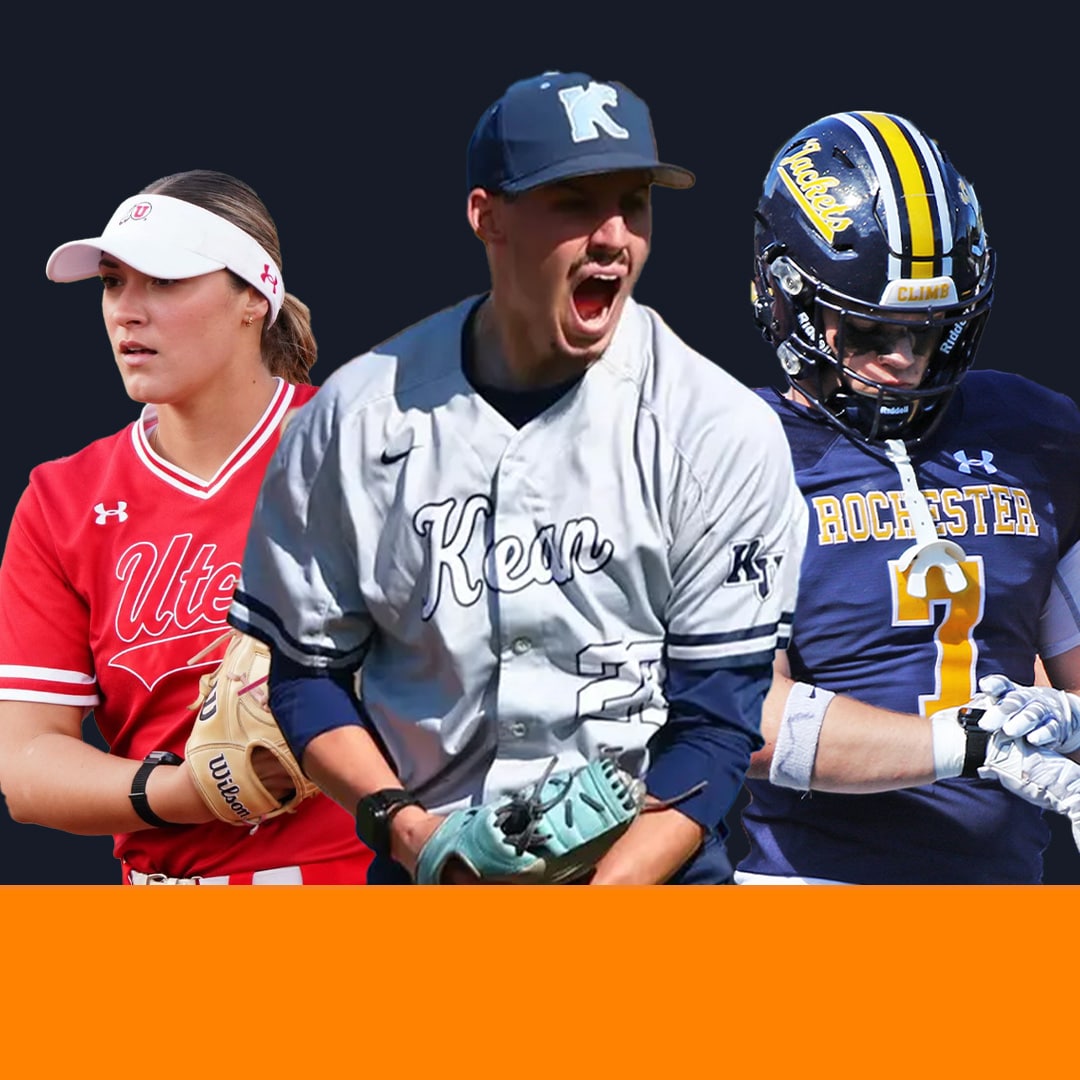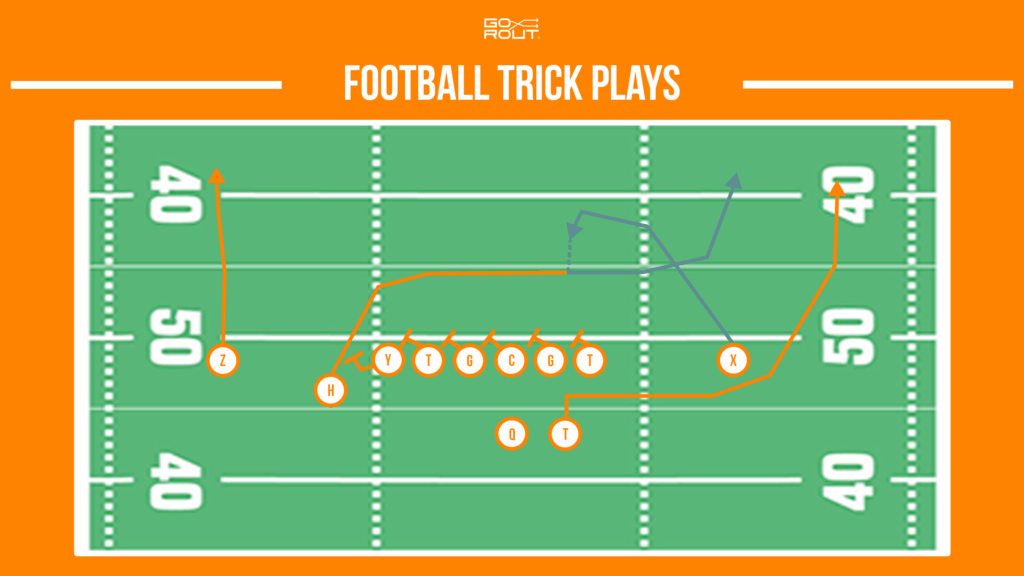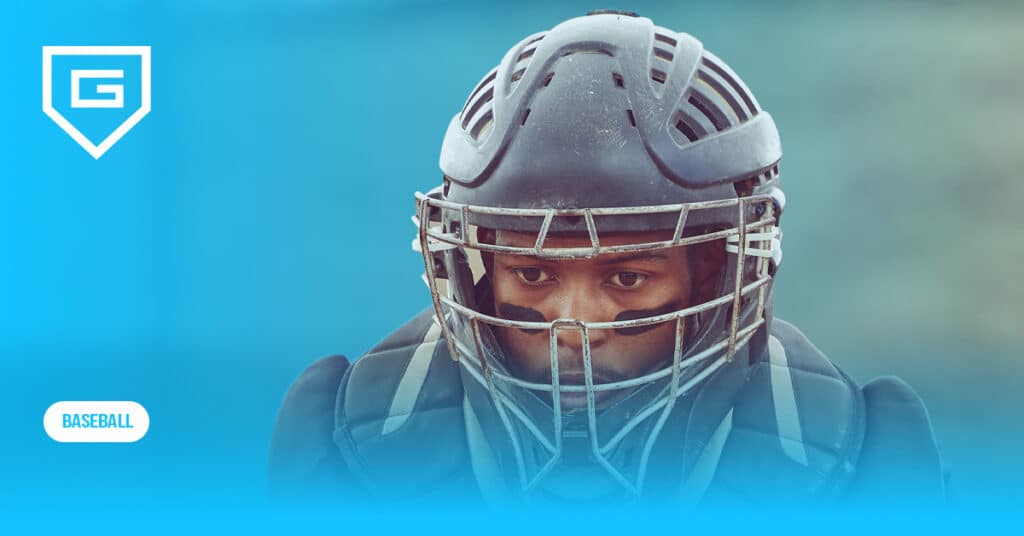Youth Softball Equipment Guide for Coaches: Essential Gear for 2025
Reading Time: 10 minutes
Reading Time: 10 minutes
Getting your players ready can feel overwhelming. There’s so much youth softball equipment out there—gloves, bats, cleats, helmets—the list keeps going.
Choosing the right gear matters for comfort and performance. The right youth softball equipment helps your young players stay safe, play better, and feel more confident.
With so many choices, it’s easy to get lost or spend money on things you might not actually need. In this article, you’ll see what gear is needed for youth softball, what to look for when buying equipment, and where to find the best products for your team.
Introduction to Youth Softball Equipment
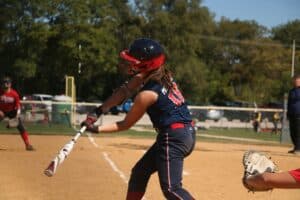
Youth softball equipment includes the essential gear and tools players need to train, compete, and stay safe during games and practices.
It typically includes a softball glove, bat, helmet, cleats, and protective gear such as face masks and shin guards. Proper equipment ensures security, convenience, and improved performance for players learning the fundamentals of softball.
Companies like Rawlings, Easton, GoRout and Mizuno design products you can implement in your youth softball practice plans and games to better train your young athletes.
Understanding Essential Youth Softball Equipment
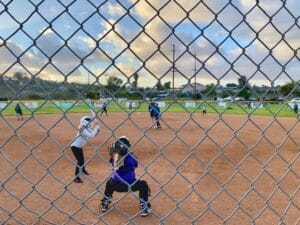
Having the right equipment is key to keeping youth softball drills fun and safe. You need to make sure every player has what they need to play their best.
Start by making a simple checklist for the season to stay organized.
| Equipment | Needed For |
| Glove | Catching & fielding |
| Softball bat | Batting |
| Batting helmet | Safety while batting |
| Cleats | Running and traction |
| Softballs | Games and practice |
| Uniform | Team identity |
| Catcher’s gear | Protection for catchers |
It’s common for players to forget things. Keep a few extra gloves and helmets handy for those moments.
Double-check equipment before every practice. Don’t forget accessories. Water bottles, bat bags, and first aid kits are important, too.
But that’s not all. More and more modern softball teams are using advanced sports tech like GoRout Diamond to up their game. It helps with better communication on the field and creating an optimized strategy for practices and games, leading to better results.
Let’s explain how.
GoRout Diamond: Game-changing Youth Softball Equipment

Meet GoRout Diamond—the most advanced electronic pitch-calling system designed for baseball and softball.
Built in the USA with Connect America and KORE Wireless, GoRout Diamond is changing the way coaches and players communicate, making miscommunication and sign-stealing a thing of the past.
Want to see for yourself? Check out testimonials and case studies on our website.
Why GoRout Diamond is the softball solution for smart coaches
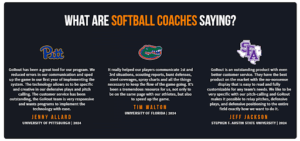
GoRout Diamond revolutionizes youth softball coaching with its innovative features. Here’s how.
Instant, secure communication—anywhere
GoRout Diamond lets coaches communicate with players instantly, without WiFi. With its cellular-based system, you can stay connected wherever you are and regardless of your surroundings. Every signal is fully encrypted, so your team’s signals stay safe.
Designed by coaches, for coaches
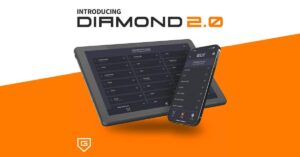
The softball coaching apps are super easy to use. Build your game plan through a web interface in minutes. Then, use the mobile app to send pitch calls and strategies to players’ wrist-worn devices during practices and games. Forget confusion and missed or stolen signs.
Player-friendly wearable devices
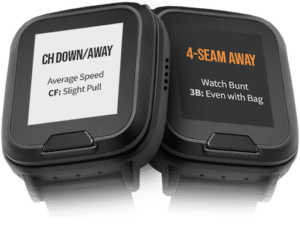
Players get pitch calls through rugged, weather-resistant wristbands that can withstand anything—from summer heat to rain delays. Each device comes with a 4-way privacy screen.
Players can use bright, adjustable screens for easy readability and switch between light and dark modes in any lighting conditions.
Advanced features for peak performance

- AI-powered analytics: Get real-time pitch charting and pitch intent vs. result analysis.
- Long battery life: Devices last at least 12 hours on a single charge and fully recharge in under an hour—perfect for long tournament days.
- Customizable packages: Start with one device (NFHS approved for coach-to-catcher) and scale up as your program grows. Packages fit any team size or budget.
- 100% Warranty: GoRout Diamond comes with a full coverage warranty.
Proven results, trusted nationwide
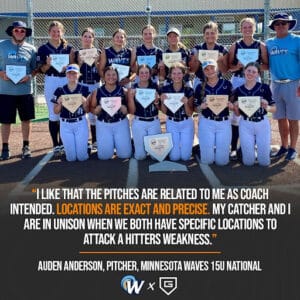
GoRout Diamond is used by top programs and is in-game compliant. Schools and teams across the country have seen measurable results.
Want to be part of this success?
It’s easy to get started. Just ask for a quote or visit the online shop.
Types of Youth Softball Equipment Every Team Needs
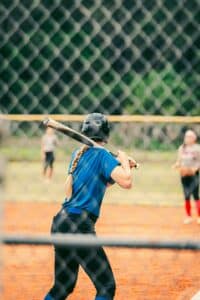
Youth softball teams need the right gear to help players develop skills and stay safe. Each role on the team has different needs, and the right equipment helps your athletes play their best at every position.
Protective gear: Keeping youth softball players safe on the field
When choosing protective gear, make sure it fits players well and is approved by your league. Here’s a table of important items.
| Protective Gear | Who Uses It | Purpose |
| Helmet | Batters/Runners | Head protection |
| Face Mask | Batters/Fielders | Facial protection |
| Chest Protector | Catchers | Chest and rib protection |
| Shin Guards | Catchers/Batters | Leg protection |
| Elbow Guards | Batters | Elbow protection |
| Mouth Guard | Anyone | Dental protection |
Helmets are required for batters and base runners to protect their heads from wild pitches and other incidental contact while running the base paths.
Face masks can be attached to helmets for extra facial protection. Fielders, especially pitchers or corner infielders, often wear fielding masks to protect their faces from hard-hit balls.
Chest protectors and shin guards are important for catchers. Mouth guards add another layer of protection against dental injuries. Batters also use shin guards, along with elbow guards, to protect from wild pitches and foul balls.
Youth softball batting equipment for maximizing performance
A good bat that matches your players’ height, weight, and strength changes everything at the plate. Here’s a quick batting equipment checklist:
- Youth-approved softball bat
- Batting gloves
- Batting helmet
- Batting tee
- Practice net
Youth softball bats are lighter and shorter, so young players can control their swing. Look for bats labeled for your age group or league.
Batting gloves protect kids’ hands and improve grip—most players like gloves with extra padding.
Helmets during batting practice matter just as much as in games. Batting tees and practice nets help with training at home or before games.
Youth softball fielding equipment: Building confidence and skills
Save this quick list of basic fielding gear:
- Youth fielding glove or mitt
- Position-specific glove (catcher/first base)
- Fielder’s face mask
- Sunglasses (for sunny conditions)
- Regulation-size softballs
Gloves or mitts are one of the most important pieces of fielding equipment. Youth gloves have a smaller fit and a softer pocket to help young players catch and hold the ball more easily.
First basemen and catchers use mitts with special webbing for their positions. Fielders sometimes use protective masks in case of bad hops or incidental contact, or sunglasses to reduce glare from the sun.
Softballs should be the correct size, usually between 10 and 12 inches in diameter for youth leagues. Proper fielding equipment builds confidence and helps reduce hesitation on the field.
Pitching equipment: Specialized gear for young pitchers
Key pitcher equipment includes:
- Fielding mask
- Regulation softballs
- Rosin bag or grip aid
- Portable pitching mound
Pitchers work hard and need special tools for training and protection.
Pitchers should always have access to the right size and type of softball to match their league rules. Fielding masks are especially important for pitchers since they stand close to the batter.
Some pitchers use grip-enhancing aids, like rosin bags, to help control the ball. Portable pitching mounds can be used to simulate real game conditions during practice.
Youth softball catching equipment: Behind-the-plate essentials

Checklist for catchers:
- Catcher’s helmet with face mask
- Chest protector
- Leg guards/shin guards
- Youth catcher’s mitt
- Throat protector
Catchers need the most protection of any player. Youth catcher’s gear sets include a helmet with a face mask, a chest protector, and shin guards.
These protect from foul balls, wild pitches, and fast runners. A good catcher’s mitt is larger and stiffer than regular gloves, as it helps catch fast pitches and absorb impact.
Leg guards and throat protectors add more safety. Catcher equipment must fit snugly but stay comfortable so players can move quickly.
Make sure your gear meets league safety standards for youth teams.
Youth softball footwear and apparel: Comfort, support, and style
Having the right shoes really matters on the softball field. Cleats help kids grip the ground and keep them from slipping.
Most youth leagues require rubber cleats, not metal, as they’re considered safer. Shoes should fit snugly so players can move fast in any direction.
Uniforms include a team jersey, pants or shorts, and sometimes a belt or matching socks. Some players go for sliding shorts to dodge scrapes.
A hat or visor keeps the sun out of athletes’ eyes and helps them see the ball better. It’s a small thing, but it makes a difference when they’re out there all day.
Youth softball accessories that make a difference
Accessories might seem minor, but they can totally change the players’ experience. A good bag makes hauling their gear less of a hassle and keeps things organized.
Staying hydrated is a must—don’t forget water bottles, especially when it’s blazing hot. A scorebook helps you track stats and see kids’ progress over the season.
Wristbands are handy for wiping sweat. Sunglasses and sunscreen keep athletes comfortable and protected during long practices.
Buying Guide: How to Choose the Best Youth Softball Equipment
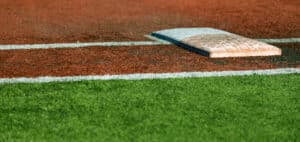
Choosing softball gear really comes down to a few basics. Your player’s age and skill level make a big difference in what to buy.
Newer players usually do better with lighter, simpler items. More advanced kids might want higher-end gear.
Always review your league’s rules first. Some only allow USSSA or ASA bats or helmets, so double-check before spending money.
Budget plays a role, too. The priciest gear isn’t always the best choice—comfort, safety, and fit matter most.
A $400 bat won’t help if your kid hates swinging it.
Where to shop:
- Local stores: You can see and try on everything in person.
- Online shops: More choices, more deals, but you can’t test fit.
Tip: Jot down your player’s weight, height, and age before you shop. That info helps you pick the right sizes for bats, gloves, and helmets.
Maintenance and Care for Youth Softball Equipment

Taking care of your softball gear helps it last longer and keeps kids safe. Wipe off dirt and mud from gloves, bats, and helmets after every use.
Use a soft, damp cloth for most stuff. Don’t overthink it—just get the grime off.
For gloves:
- Clean with leather cleaner
- Store in a cool, dry place
- Put a ball inside or wrap it to hold its shape
For bats:
- Wipe down with a soft cloth
- Don’t leave them in the rain or a hot car
- Check for cracks or dents before each use
For helmets:
- Wash the inside with mild soap and water
- Let it air dry—don’t use a hairdryer or anything extraordinary
- Skip harsh chemicals on the padding
Tip: Store everything in a dry, shady spot. Too much sun or moisture can ruin your gear.
Safety Precautions and Best Practices
Before every game or practice, check your gear for damage. Look for cracks in helmets, loose straps, worn-out gloves, or broken faceguards.
Swap out anything that looks risky. Teach your team how to use gear the right way—fasten helmets, wear catcher’s gear, and lace up cleats properly.
Everyone feels more confident when their gear fits and works. A little preparation goes a long way.
If someone gets hurt due to faulty gear, stop immediately. Move them to a safe spot and see if they need first aid or a doctor.
Let parents know what happened so everyone can learn from it. That’s how you keep your team safer next time.
Staying Compliant With Youth Softball Standards
Every league has its own equipment rules, so check with yours for approved gear and required uniform pieces. Don’t skip this step—it saves you headaches later.
Bats need to meet certain standards. Most leagues want a clear certification mark, usually from USA Softball.
See the list of certified bats on the USA Softball Certified Equipment page. If your bat doesn’t have the mark, you probably can’t use it in games.
Helmets and other protective gear often need certification, too. Look for a label or stamp that shows it passed safety tests. Helmets should fit well and cover the head and face enough to keep players safe.
Some leagues require face masks on both fielding masks and batter’s helmets for all ages.
If you’re ever unsure, reach out to your league director or check the official equipment standards. It’s the best way to stay safe and ready for game day.
Conclusion About Youth Softball Equipment
Having the right youth softball equipment can help kids play confidently. Their glove, bat, and helmet should fit well and feel comfortable.
Protective gear is very important. Shin guards, chest protectors, and helmets help keep them safe on the field. Don’t forget batting gloves for additional protection and grip or an equipment bag to keep everything organized.
Choose gear that meets safety guidelines and fits your age group. If you play in a league, check their equipment rules before buying anything.
If you recognize that high-quality equipment for practices or games is the key to your next victory, request a quote or visit the GoRout Diamond web shop.
FAQs About Youth Softball Equipment
How do you get free softball equipment?
Sometimes, leagues or teams loan gear to new players. Just ask your coach or league director if they’ve got any used equipment you can borrow.
You can also check with community centers. Local donation events may also appear from time to time.
How much does softball equipment cost?
The price of youth softball equipment varies depending on the brand and quality.
Softball gear prices can be all over the place. Here’s a basic range of common youth items:
| Equipment | Estimated Cost |
| Glove | $20 – $60 |
| Bat | $30 – $100 |
| Helmet | $25 – $60 |
| Cleats | $20 – $60 |
| Pants/Uniform | $15 – $40 |
Plenty of leagues include a jersey with your registration. That’s one less thing to worry about.
Is there a difference between youth baseball and softball catcher gear?
Yes, there’s a difference. Softball catcher gear is designed to fit a larger ball and provides additional coverage in specific areas.
The helmet and mitt are designed for fastpitch softball. They don’t always match what’s used in youth baseball.
What size softball does a 9-year-old need?
Most 9-year-olds use an 11-inch softball. It fits well in smaller hands and makes learning the basics easier.

